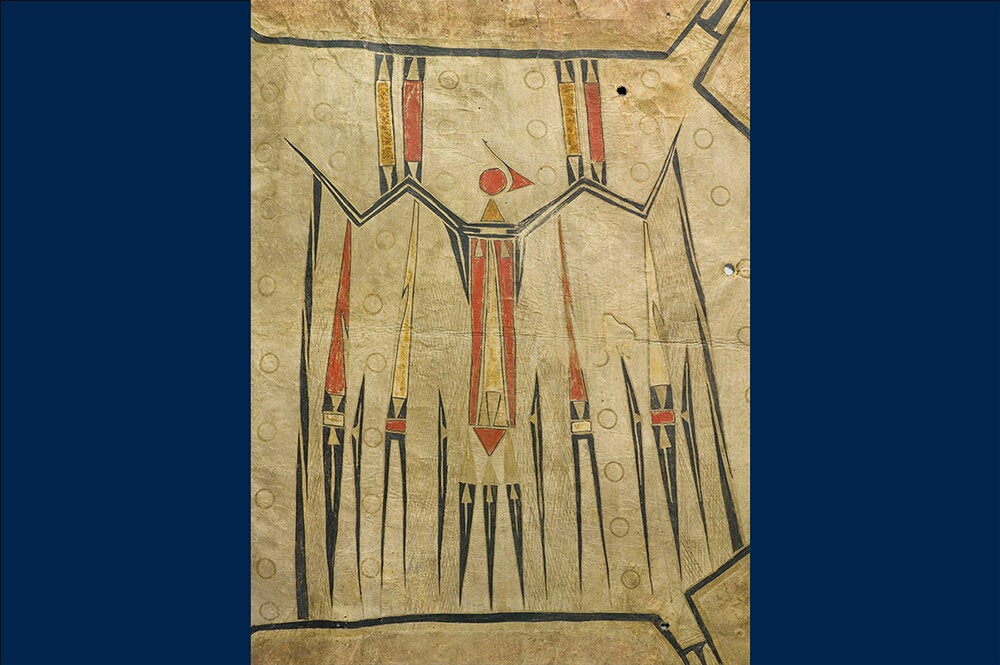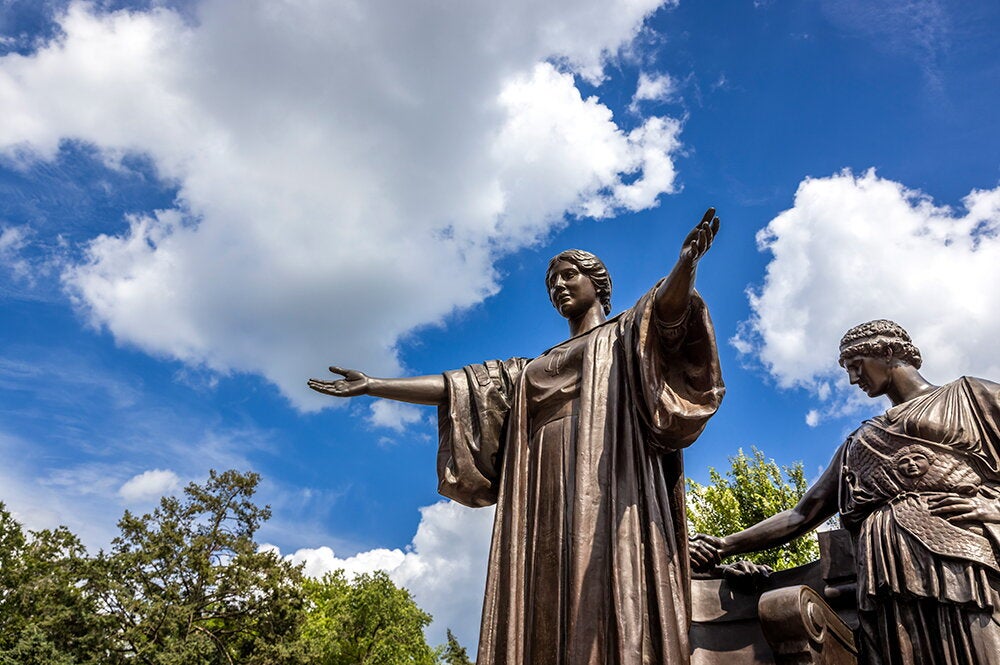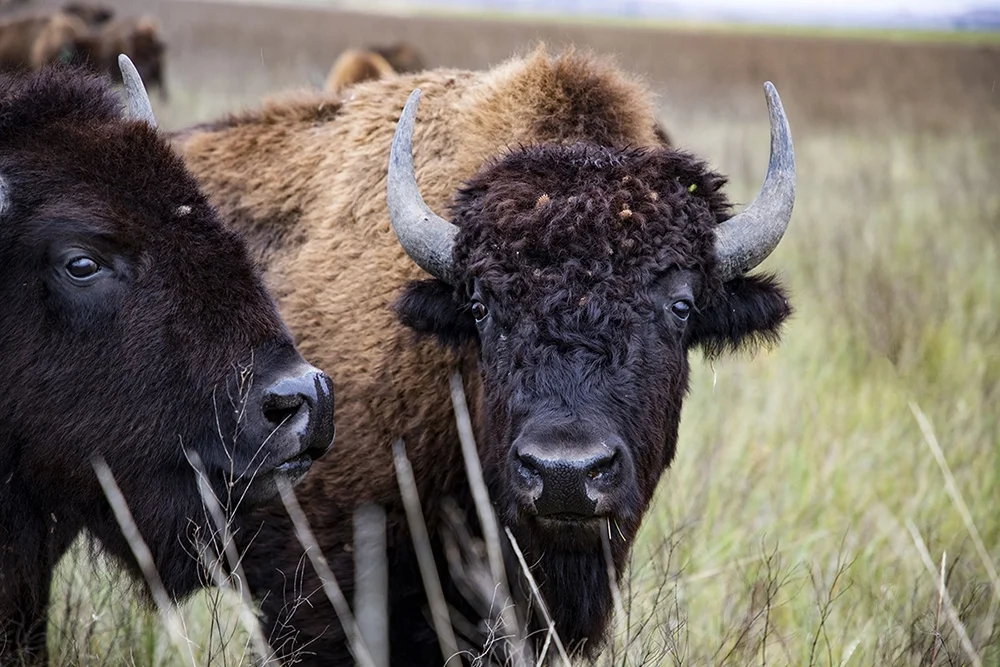
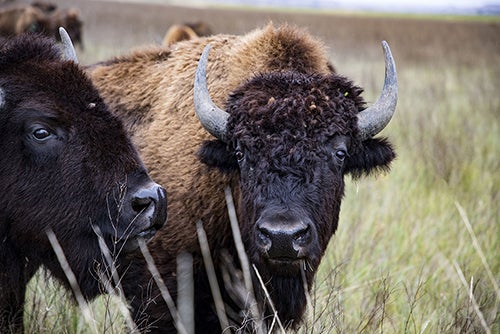
When huge herds of bison roamed the Great Plains, the animals were not only a source of livelihood for Native Americans. They also were a vital part of the ecology and a religious icon.
History professor Rosalyn LaPier is featured in the forthcoming Ken Burns documentary “The American Buffalo,” in which she talks about the history of the bison and their connection to Indigenous people. LaPier, an enrolled member of the Blackfeet Tribe of Montana and Métis, is an environmental historian and an ethnobotanist whose teaching and research focuses on environmental issues within Indigenous communities.
“The American Buffalo” will premiere on PBS on Oct. 16-17 and will be shown locally on WILL-TV, where it also will air on Oct. 22. The Department of History is hosting a free public event on Oct. 8 from 4-6 p.m. to show a preview of the documentary at Spurlock Museum of World Cultures. Following the screening of the preview, LaPier will answer questions about the documentary and will participate in a panel discussion with history professor Robert Morrissey and history doctoral student Samuel Froiland. Professor emeritus of history and of American Indian Studies Fred Hoxie will moderate the discussion. The event is co-sponsored by Spurlock Museum.
Additionally, journalist Judy Woodruff moderated a one-hour discussion with Burns, LaPier, and two other experts who appeared in the documentary. “The American Buffalo: A Story of Resilience” will air on Oct. 10 on WILL-TV.
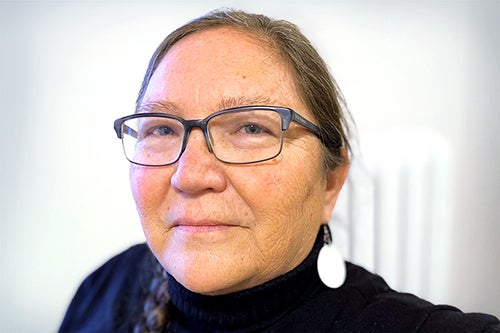
Produced by Florentine Films, the documentary features LaPier talking about how Indigenous people thought about their relationships to the natural world and to bison, and about their traditional ecological knowledge and what they knew about the connections between bison, plant life, and themselves. She was involved with the documentary project over a two-year period, both as an expert interviewed for the film and as an adviser who read and commented on the script and reviewed a rough cut of the film.
“What I think is different about this documentary from previous documentaries is that they reached out to a lot of Indigenous people. There are a lot more Indigenous voices in this film than in previous ones. You get to hear from folks that are historians and scholars who are Indigenous, and also people who are contemporary bison managers working on restoration,” said LaPier, who wrote in her 2017 book “Invisible Reality: Storytellers, Storytakers, and the Supernatural World of the Blackfeet” about the period in Blackfeet history during the demise of the bison and the relocation of the Blackfeet to reservations and how the people made that transition.
“What that does is get to a broader discussion of why bison are important to Indigenous people. It’s easy to fall back on stereotypes or tropes that Indigenous people suffered from the loss of bison, which they did, but I think what’s different about this is, it’s really talking about that long-term, thousands of years relationship that Indigenous people had with bison, both through religious practice and ecological knowledge,” she said. “Even though there is a 100-year gap between the demise of the bison and the resurrection and strengthening of bison, Indigenous people are still here and able to continue to tell that story of why bison are important to Indigenous communities. It’s a story that is told as continuation and not disruption.”
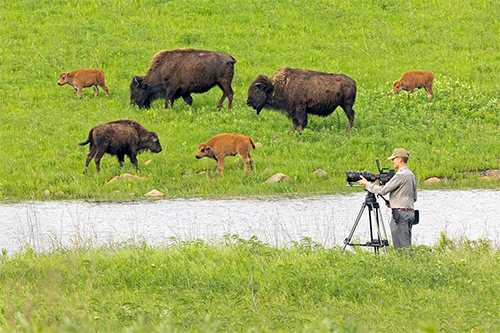
LaPier said the two-part film is divided into three sections, showing the relationship between Indigenous people and bison, the demise of the bison and the early conservation efforts to restore bison to the prairie. She said the film raises the question of whether we are prepared to extend that restoration to having free-roaming bison in the country.
“One of the things Ken Burns has said in several interviews is that the fourth part is today,” she said. “Are we prepared to really restore the bison? That is a conversation that will grow out of this film. We are at the point where we have restored bison to large numbers and have them in lots of different places across the U.S., but none of them are free-roaming bison.”
LaPier said the film also will let viewers see “that Native people are still here, they maintain their religious practices and Indigenous people still find meaning in their relationship with the natural world – that has not gone away. They have the ecological knowledge that they have had for thousands of years, that has been dormant but not lost.
“This is an opportunity to learn from Indigenous communities about the knowledge they hold about animal life, plant life and the environment,” she said.
For example, certain plants flourish in the disturbance that bison create when they roll in the dirt. The plants grow on the edge of buffalo wallows, and Native Americans would harvest the plants for food, medicine, or other purposes, LaPier said. The grasses that bison eat have co-evolved with them as well, and they need to be eaten or burned to thrive, she said.
“It’s better for the habitat when there are bison because all those plant species that have co-evolved with bison and with humans harvesting them are healthier and thrive and are more abundant when that ecological triangle is there,” LaPier said.
